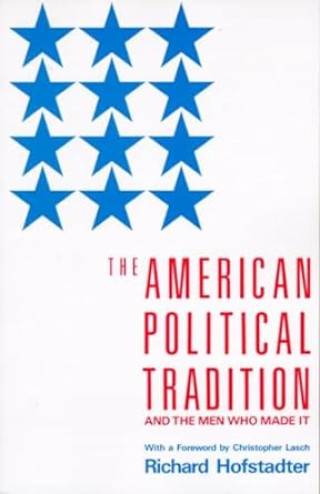The story of popular historical writing since the middle of the twentieth century is often told as a narrative of decline: there were giants on the earth in those days, but now academic historians have forsaken their responsibility to write for a broader public, which in any case doesn’t really care what they have to say. Back in the golden days, or so the story goes, great scholars such as Arthur Schlesinger, Richard Hofstadter and C. Vann Woodward could make field-defining contributions—such as Schlesinger’s The Age of Jackson (1945), Hofstadter’s The American Political Tradition (1948) and Woodward’s The Strange Career of Jim Crow (1955)—that also crackled with energy, reached a wide audience and informed public debates. But since the 1960s, academic historians have splintered into narrow subfields that speak only to one another in increasingly esoteric jargon, while the public has become incurious and incapable of reading anything longer than a few paragraphs. Popular history has come to mean political biography and military history, two fields that academic historians often avoid or even disdain.
This story is obviously a caricature. Like all caricatures it gets certain major features right, albeit in exaggerated or distorted form. It also leaves a lot out—not only the details that would bring our gauzy image of the golden days into sharper focus, but also a better sense of what popular history actually looks like today. Because history remains popular. As I write, in the spring of 2024, Erik Larson’s new book about the start of the Civil War, The Demon of Unrest, is the bestselling nonfiction book in the country, while David Grann’s The Wager, about an eighteenth-century shipwreck, has consistently ranked in the top fifteen for more than a year. These are particularly fine examples of a certain genre of history—heavy on character and plot, somewhat lighter on analysis—that is perennially popular and, in the hands of a Larson or a Grann, can be quite rewarding.
But I want to think about a different kind of popular history. What books by writers like Larson and Grann don’t offer, at least not usually, is a broader interpretation of the world, a new perspective on the past that also leads to a new understanding of the present, something that is accessible to a reasonably broad public and offers at least the potential to rearrange a reader’s mental furniture. That, or something like it, is what people mean when they refer with nostalgia to the mid-century moment of Schlesinger, Hofstadter and Woodward.
